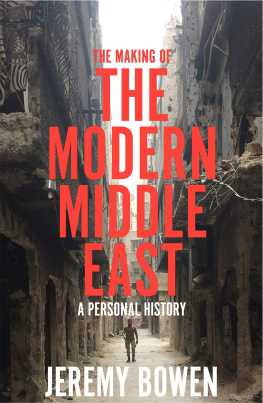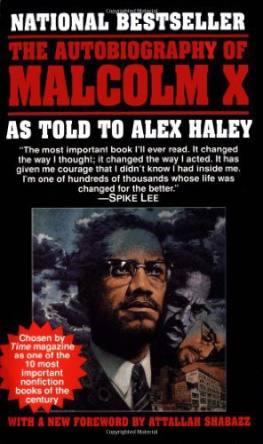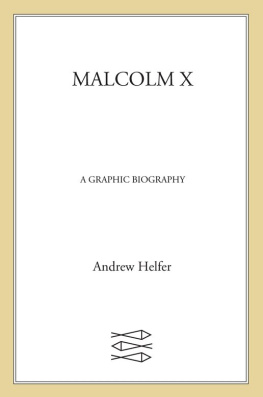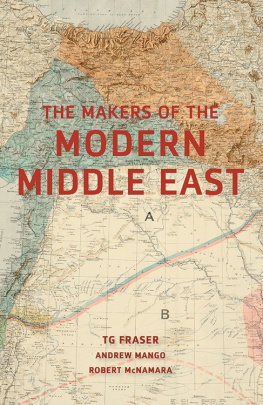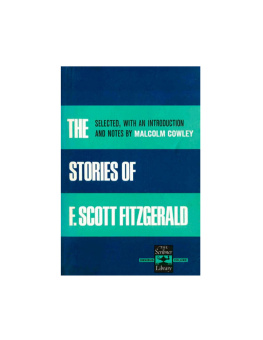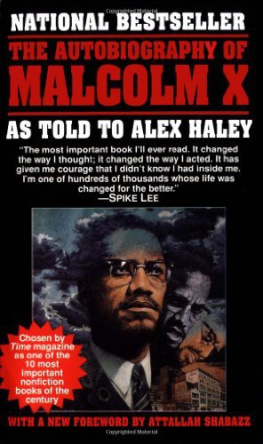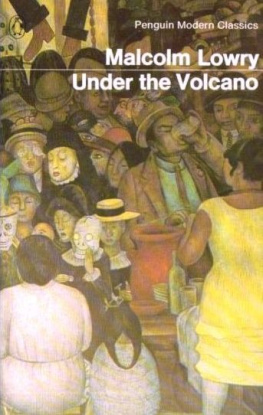Malcolm Yapp - The Making of the Modern Near East 1792-1923
Here you can read online Malcolm Yapp - The Making of the Modern Near East 1792-1923 full text of the book (entire story) in english for free. Download pdf and epub, get meaning, cover and reviews about this ebook. year: 1988, publisher: Taylor & Francis, genre: Romance novel. Description of the work, (preface) as well as reviews are available. Best literature library LitArk.com created for fans of good reading and offers a wide selection of genres:
Romance novel
Science fiction
Adventure
Detective
Science
History
Home and family
Prose
Art
Politics
Computer
Non-fiction
Religion
Business
Children
Humor
Choose a favorite category and find really read worthwhile books. Enjoy immersion in the world of imagination, feel the emotions of the characters or learn something new for yourself, make an fascinating discovery.

- Book:The Making of the Modern Near East 1792-1923
- Author:
- Publisher:Taylor & Francis
- Genre:
- Year:1988
- Rating:4 / 5
- Favourites:Add to favourites
- Your mark:
- 80
- 1
- 2
- 3
- 4
- 5
The Making of the Modern Near East 1792-1923: summary, description and annotation
We offer to read an annotation, description, summary or preface (depends on what the author of the book "The Making of the Modern Near East 1792-1923" wrote himself). If you haven't found the necessary information about the book — write in the comments, we will try to find it.
The Making of the Modern Near East 1792-1923 — read online for free the complete book (whole text) full work
Below is the text of the book, divided by pages. System saving the place of the last page read, allows you to conveniently read the book "The Making of the Modern Near East 1792-1923" online for free, without having to search again every time where you left off. Put a bookmark, and you can go to the page where you finished reading at any time.
Font size:
Interval:
Bookmark:

- The personal name (ism or alam), for example Amed, Al, usayn and Muammad. Occasionally individuals were known by two personal names in combination, for example Muammad Al of Egypt. Another version of the personal name is the compound usually formed by the combination of Abd (slave) with one of the so-called ninety-nine beautiful names of God, more precisely, attributes of God. Examples include the Ottoman sultans Abd l-Azz (Slave of the Powerful One), Abd l-Majd (Slave of the Glorious One) and Abd l-amd (Slave of the Praiseworthy One).
- The formal name (kunya, usually denoting the relationship of the namebearer to another person, for example Ab (Father of) accompanied by the name of the other person. Thus, Abl-Qsim = The father of Qsim. Alternatively, the kunya may describe a metaphorical relationship, for example Abl-Fal (Father of merit), or a relationship to some familiar object with which the individual is associated, amounting in this usage to a nickname. Thus the Egyptian Jewish writer, James Sanua was known as Ab Nara (Father of spectacles).
- The patronymic (nasab) indicating the genealogy of the namebearer by listing the names of his ancestors, each name being preceded by the word ibn (son of), for example Al ibn Muammad (Al the son of Muammad). An alternative way of describing genealogy used in Persian and Turkish respectively is by the addition of the suffixes-zda and -oghlu to the name of the father, for example Sulnzda and Karao
 mnoghlu.
mnoghlu. - The group name (nisba) often denoting the place of origin, for example al-Mir (the Egyptian) or the occupation, for example al-ayraf (the banker or moneychanger).
- The honorific (laqab) may be either a nickname or a title. An example of a nickname is to be found in the name by which a well-known Syrian Druze family is known, namely al-Arash (the deaf). Titles were usually bestowed upon rulers, princes, soldiers and officers of state and were commonly compounds with Dawla (state), for example Nir al-Dawla (Defender of the state), Mulk (kingdom), Sultn (ruler) or Islam. In Iran bureaucrats were commonly known by their titles or even by a title acquired at an earlier stage of their careers and indicating an office now relinquished. Thus the powerful minister, Mustawf al-Mamlik (Accountant of the state), continued to be known by this title after he had ceased to be finance minister.
Font size:
Interval:
Bookmark:
Similar books «The Making of the Modern Near East 1792-1923»
Look at similar books to The Making of the Modern Near East 1792-1923. We have selected literature similar in name and meaning in the hope of providing readers with more options to find new, interesting, not yet read works.
Discussion, reviews of the book The Making of the Modern Near East 1792-1923 and just readers' own opinions. Leave your comments, write what you think about the work, its meaning or the main characters. Specify what exactly you liked and what you didn't like, and why you think so.


